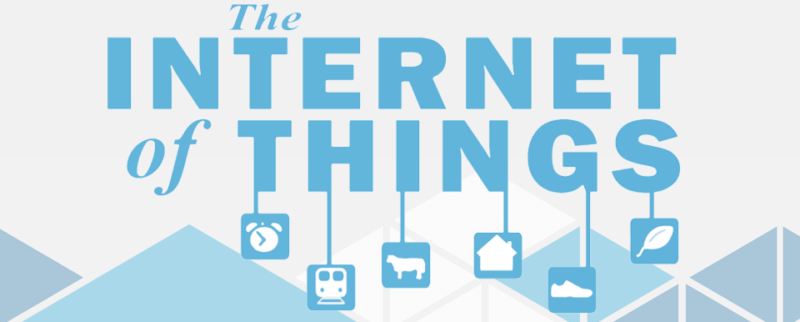9,366,000,000,000 euros (say it: 9.36 billion euros).
That’s how much added value the Internet of Things can potentially generate from 2025 onwards. Per year.
At least according to the McKinsey Institute.
11% of world GDP
9.3 billion is a maximum figure. McKinsey actually calculated a range from 3.2 to 9.3 billion euros. The difference between the two figures is 66%, but it’s still a staggeringly large amount. According to the World Bank, global GDP should amount to 83.98 billion euros by 2025. So the IoT could account for 11% of that GDP.
Industry stands to gain the most from this. By “industry” the McKinsey Institute means standardised production environments and places with repetitive work routines. In other words not just factories but also data centres, hospitals, farms and anything else.
This sector could generate annual added value of 1 to 3.1 billion euros by 2025.
Industry 4.0
It’s a much-used term nowadays, but what does it actually mean?
Industry 3.0 covered all forms of automation and standardisation. Industry 4.0 refers to IoT machines that are connected to each other and managed by IoT sensors. Think remote monitoring, tracking and control.
This technology will generate profit especially for industrial environments on the workfloor and in maintenance of equipment.
Optimising operations
McKinsey has calculated that this will yield cost savings of 5 to 12.5% and added value of 0.5 to 1.5 billion euros. By using sensors it is possible to raise the performance of machines, fine-tune workflows and make better use of infrastructure.
Some examples. General Motors uses sensors to monitor the humidity in the car plant and so optimise the painting process. If the conditions in the painting cabin are less than optimal, the component can be sent to another part of the plant that does meet the right conditions so that it does not have to be sprayed a second time.
In agriculture IoT sensors continuously measure soil conditions, weather conditions and plant growth, permitting more accurate forecasts and better management decisions.
In hospitals improved patient tracking and monitoring in combination with mobile equipment should raise performance by 250 nursing hours per year, for 50 million nurses worldwide.
Predictive maintenance
In the IoT age, machines and equipment will no longer be maintained on a “repair & replace” basis; thanks to sensors, equipment managers will instead operate by “predict & prevent.” In other words, sensors will continuously monitor the machines and so prevent breakdowns. Furthermore the sensor data can be used to predict when and where maintenance is required.
The McKinsey Institute has calculated that this will lead to 50% less downtime and 3 to 5% more production time. This in turn means that factories will be able to save 527 billion euros annually, hospitals 58 billion. Worldwide.
But ….
These figures can only be attained if all the IoT systems can talk to one another, as interoperability accounts for 40 to 60% of the added value. Also, more intensive use needs to be made of the existing data: at the moment there is still a lot of low-hanging fruit to be gathered.
This means that manufacturing plants, hospitals, data centres and agro-businesses will have to upgrade and/or replace their equipment so that it can be interconnected. In addition there are various other investments that are necessary in order to generate profit from IoT, including:
- systems for data analysis,
- basic technology such as sensors and micro-electromechanical systems (MEMs),
- cloud data storage and computer systems.

